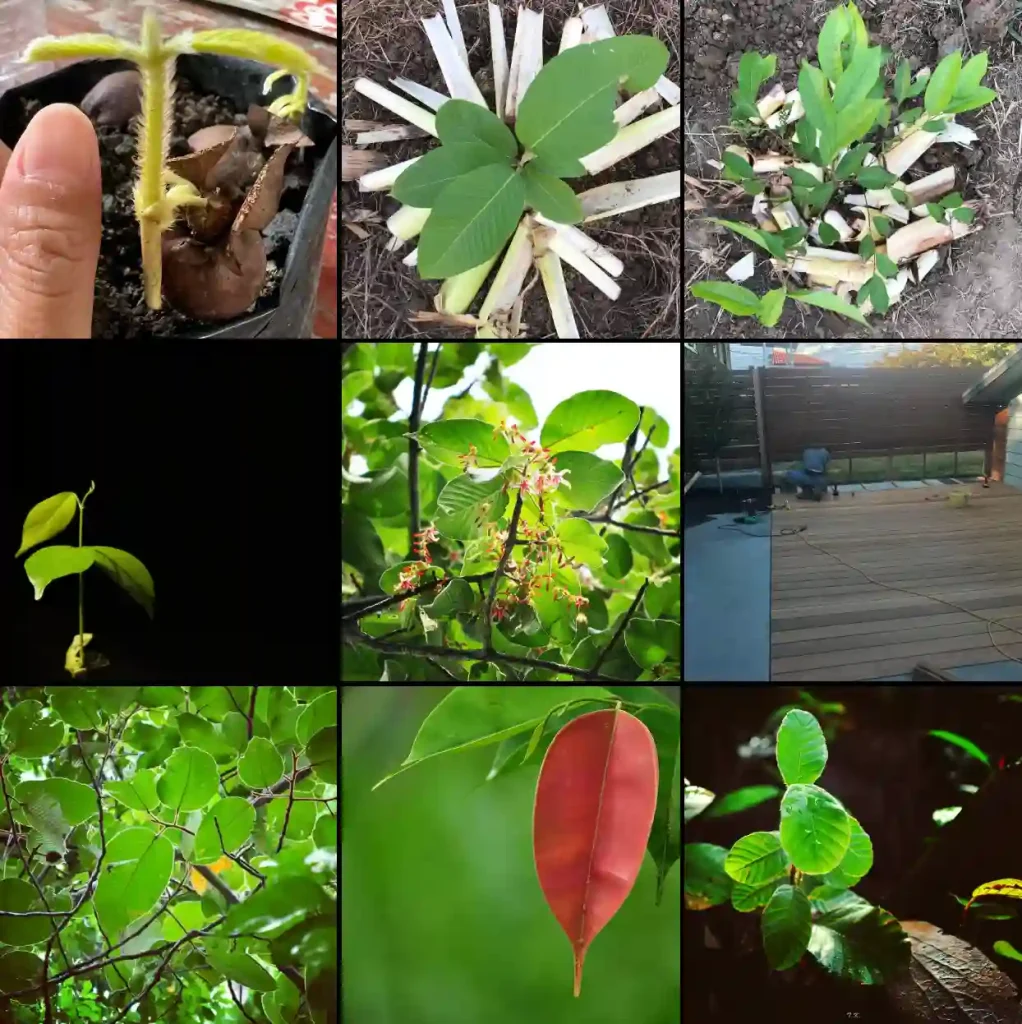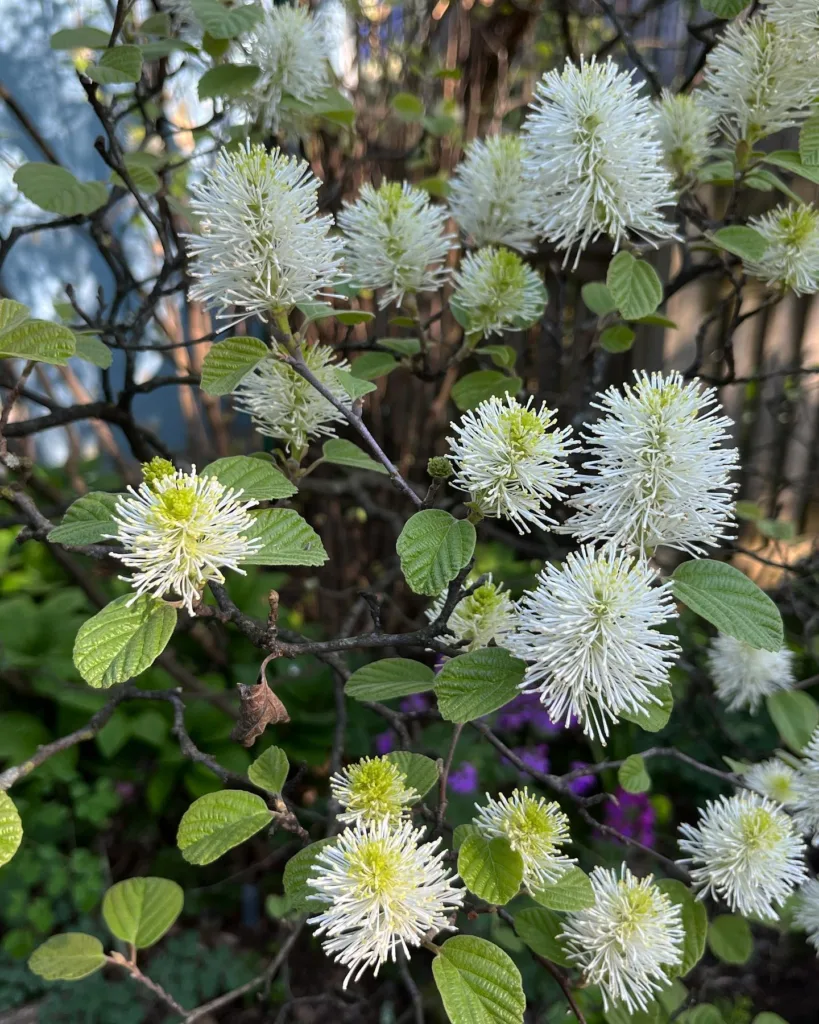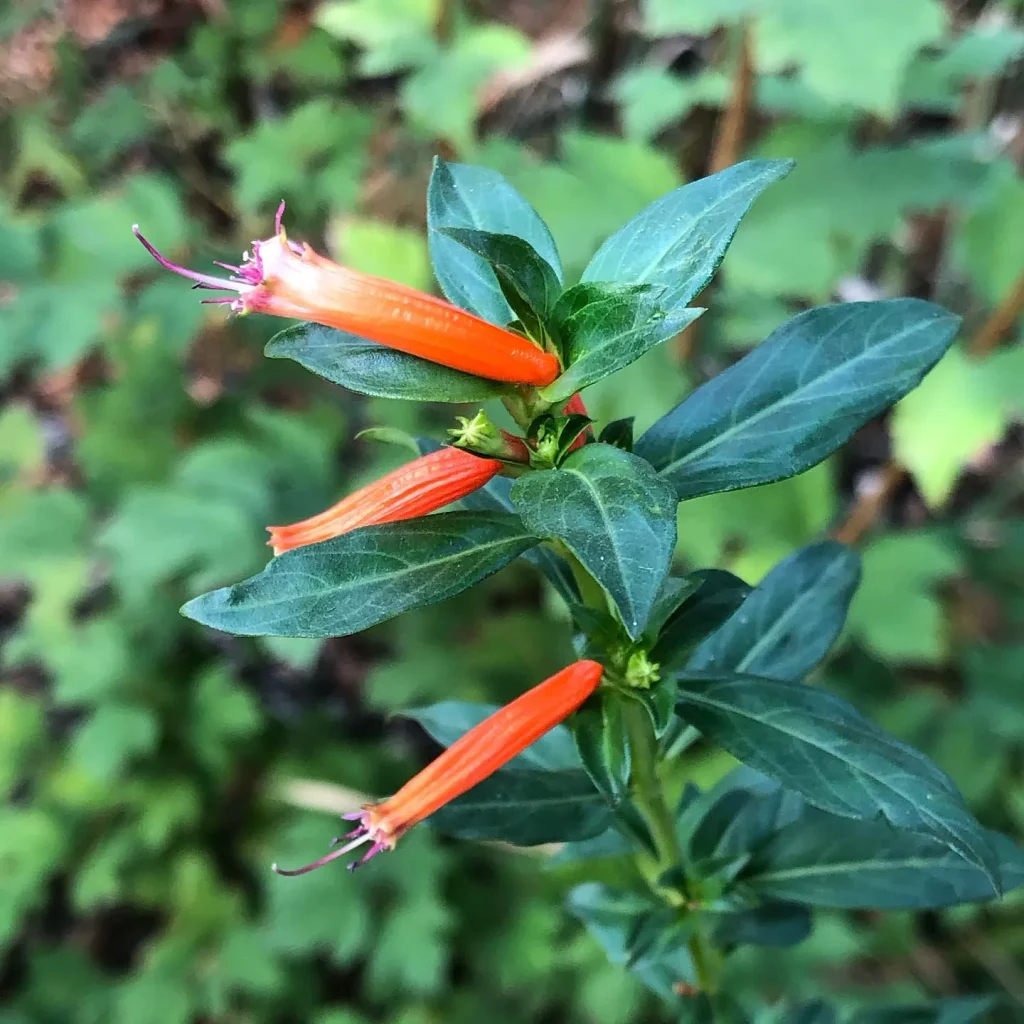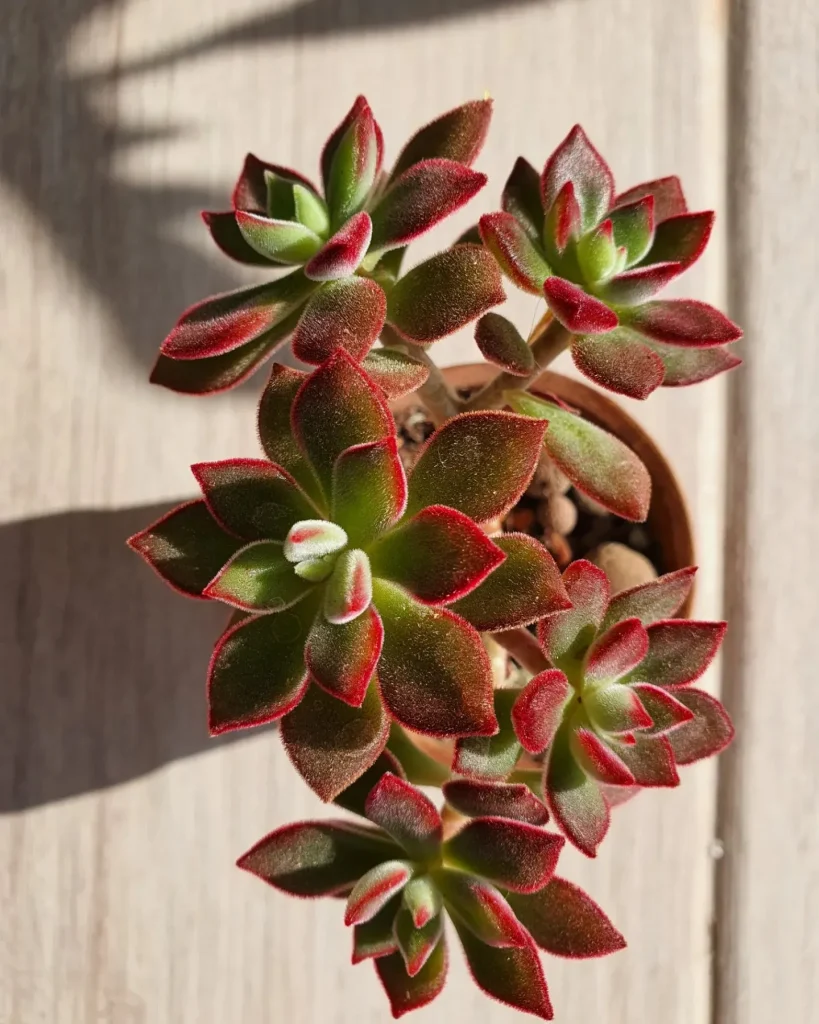
June 9 – Dasylirion
"Dasylirion, the desert spoon, defines June 9."
Dasylirion symbolizes resilience and adaptability. You have a unique ability to thrive in harsh conditions, finding beauty and strength where others may struggle. Like its striking, sculptural form, you are both practical and captivating, standing out with a quiet yet undeniable presence.
My Fascination with Dasylirion: Desert Survivors with a Touch of the Prehistoric
I’m Ferb Vu, and I’ve always been drawn to the unique and the resilient in the natural world. That’s why I find myself captivated by the Dasylirion, a genus of plants that seem to embody both beauty and toughness. These desert dwellers belong to the Asparagaceae family, with their spiky foliage and towering flower stalks, evoke a sense of the prehistoric, like something you might encounter in a land before time.
A Diverse Genus
Native to Mexico and the southwestern United States, Dasylirion is a diverse genus with over 20 recognized species. Some of the most notable include:
- Dasylirion acrotrichum (Schiede) Zucc.
- Dasylirion berlandieri S.Watson
- Dasylirion cedrosanum Trel.
- Dasylirion durangense Trel.
- Dasylirion gentryi Bogler
- Dasylirion glaucophyllum Hook.
- Dasylirion graminifolium (Zucc.) Zucc.
- Dasylirion leiophyllum Engelm. ex Trel.
- Dasylirion longissimum Lem. – Plant FAQs: Dasylirion Longissimum
- Dasylirion longistylum J.F.Macbr.
- Dasylirion lucidum Rose
- Dasylirion micropterum Villarreal, A.E.Estrada & Encina
- Dasylirion miquihuanense Bogler
- Dasylirion occidentalis Bogler ex Hochstätter
- Dasylirion palaciosii Rzed.
- Dasylirion parryanum Trel.
- Dasylirion quadrangulatum S.Watson
- Dasylirion sereke Bogler
- Dasylirion serratifolium (Karw. ex Schult. & Schult.f.) Zucc.
- Dasylirion simplex Trel.
- Dasylirion texanum Scheele
- Dasylirion treleasei (Bogler) Hochstätter
- Dasylirion wheeleri S.Watson ex Rothr.
More Than Just Looks
But Dasylirion is more than just a pretty face. These plants have a rich history of practical use. For centuries, indigenous peoples have utilized various parts of the plant for food, fiber, and even alcoholic beverages. The heart of the plant, for example, can be roasted and eaten, while the leaves can be used to make baskets and mats. In some regions, the fermented sap of the plant is used to produce a traditional alcoholic drink called sotol.
A Gardener’s Delight
Today, Dasylirion is gaining popularity as an ornamental plant in gardens and landscapes. Its striking appearance and low-maintenance nature make it an ideal choice for xeriscaping and desert gardening. The plant’s ability to tolerate drought and poor soil conditions makes it a perfect fit for arid climates.
Personally, I find the architectural form of Dasylirion to be particularly appealing. The rosette of spiky leaves, often edged with sharp teeth, creates a dramatic focal point in any garden. And when the plant sends up its towering flower stalk, reaching heights of up to 15 feet, it becomes a truly awe-inspiring sight.
Cultivating Dasylirion
While Dasylirion is relatively easy to care for, there are a few things to keep in mind when cultivating these plants. They prefer well-drained soil and full sun exposure. Once established, they are quite drought tolerant but will benefit from occasional watering during hot summer months. It’s also important to be mindful of the sharp spines on the leaves, as they can cause injury if handled carelessly.
A Symbol of Resilience
For me, Dasylirion represents more than just an attractive plant. It’s a symbol of resilience, adaptability, and the enduring beauty of the natural world. It reminds me that even in the harshest environments, life finds a way to not only survive but to thrive. And in a world that often feels chaotic and unpredictable, that’s a message I find both comforting and inspiring.
If i die, water my plants!



